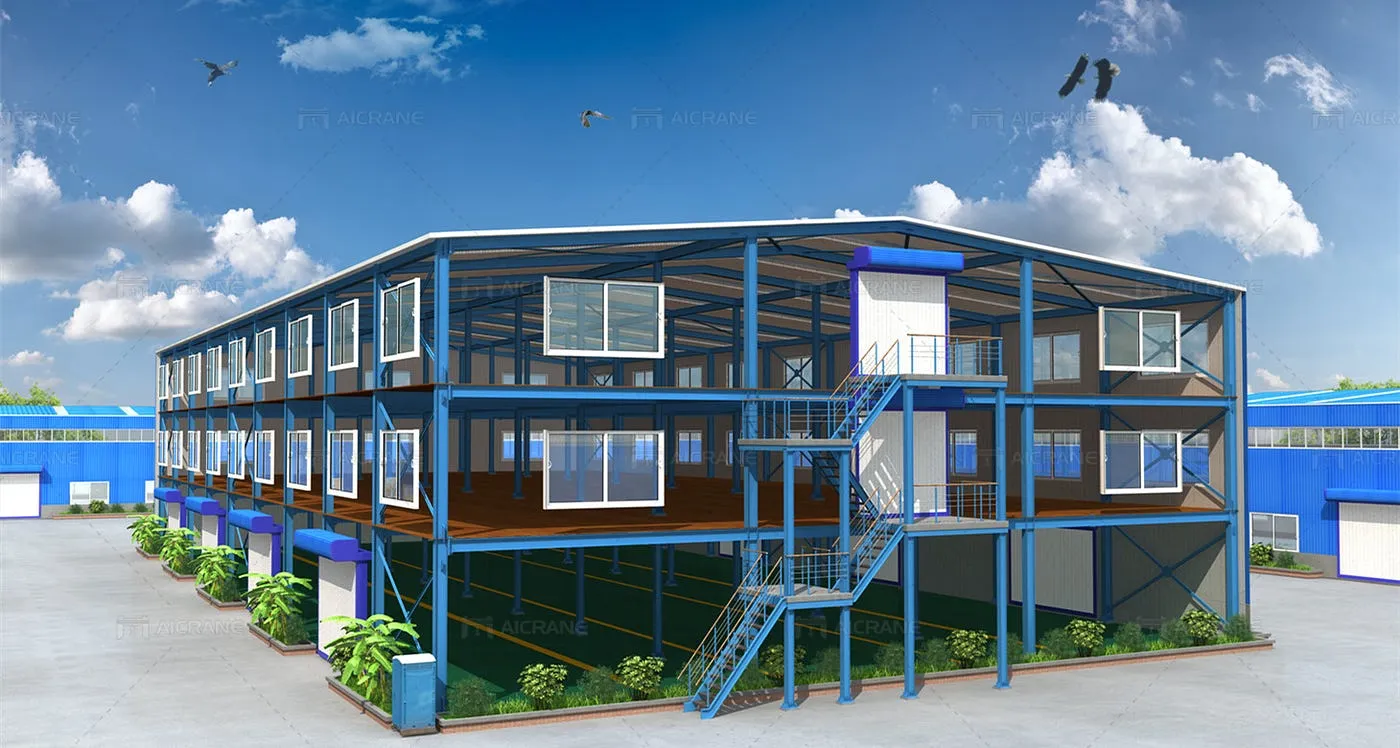- Afrikaans
- Albanian
- Amharic
- Arabic
- Armenian
- Azerbaijani
- Basque
- Belarusian
- Bengali
- Bosnian
- Bulgarian
- Catalan
- Cebuano
- Corsican
- Croatian
- Czech
- Danish
- Dutch
- English
- Esperanto
- Estonian
- Finnish
- French
- Frisian
- Galician
- Georgian
- German
- Greek
- Gujarati
- Haitian Creole
- hausa
- hawaiian
- Hebrew
- Hindi
- Miao
- Hungarian
- Icelandic
- igbo
- Indonesian
- irish
- Italian
- Japanese
- Javanese
- Kannada
- kazakh
- Khmer
- Rwandese
- Korean
- Kurdish
- Kyrgyz
- Lao
- Latin
- Latvian
- Lithuanian
- Luxembourgish
- Macedonian
- Malgashi
- Malay
- Malayalam
- Maltese
- Maori
- Marathi
- Mongolian
- Myanmar
- Nepali
- Norwegian
- Norwegian
- Occitan
- Pashto
- Persian
- Polish
- Portuguese
- Punjabi
- Romanian
- Russian
- Samoan
- Scottish Gaelic
- Serbian
- Sesotho
- Shona
- Sindhi
- Sinhala
- Slovak
- Slovenian
- Somali
- Spanish
- Sundanese
- Swahili
- Swedish
- Tagalog
- Tajik
- Tamil
- Tatar
- Telugu
- Thai
- Turkish
- Turkmen
- Ukrainian
- Urdu
- Uighur
- Uzbek
- Vietnamese
- Welsh
- Bantu
- Yiddish
- Yoruba
- Zulu
Nov . 13, 2024 17:53 Back to list
Understanding Industrial Buildings A Comprehensive Overview
Industrial buildings represent a pivotal segment of the real estate market, serving as essential infrastructures for manufacturing, warehousing, logistics, and other industrial activities. With the global economy increasingly dependent on production and supply chains, understanding the various facets of industrial buildings has become crucial for investors, developers, and business owners alike.
Definition and Types of Industrial Buildings
At its core, industrial buildings are specialized facilities designed to accommodate industrial operations. They come in various forms, each tailored to meet specific operational requirements. The most common types of industrial buildings include
1. Manufacturing Facilities These structures are geared towards production processes, encompassing assembly plants, fabrication shops, and processing facilities. They are typically equipped with large open spaces, heavy-duty flooring, and the necessary infrastructure to support machinery and equipment.
2. Warehouses Primarily used for storage and distribution, warehouses play a critical role in the supply chain. They vary in size, from small storage units to vast distribution centers, and often incorporate loading docks, shelving systems, and office spaces.
3. Flex Spaces These buildings combine warehouse and office space, providing versatility for businesses that require both operational and administrative functions under one roof. Flex spaces cater to a range of tenants from light manufacturing to e-commerce operations.
4. Cold Storage Facilities Essential for businesses that handle perishable goods, cold storage facilities maintain specific temperature conditions to preserve products such as food and pharmaceuticals. These buildings often include refrigeration units and specialized loading docks.
5. Research and Development Facilities These spaces are designed for innovation and product development, often featuring laboratories, testing areas, and office space for R&D teams.
Key Features of Industrial Buildings
Several characteristics define industrial buildings, making them suitable for their intended uses
- Structural Design Industrial buildings typically feature robust construction to support heavy equipment and machinery
. High ceilings, large floor plates, and wide column spacing facilitate easy movement of goods and equipment.industrial building pdf

- Location Proximity to transportation networks (such as highways, railroads, and ports) is crucial for industrial buildings. Being near these networks reduces shipping times and costs, enhancing operational efficiency.
- Zoning Regulations Many industrial buildings are subject to specific zoning laws, which dictate their use, size, and intensity. Understanding local zoning regulations is vital for both developers and business owners to ensure compliance and avoid legal complications.
- Sustainability Features As environmental concerns grow, many industrial buildings are incorporating sustainable practices such as energy-efficient lighting, solar panels, and optimized waste management systems. These features not only reduce operational costs but also enhance the building's appeal to eco-conscious companies.
The Role of Industrial Buildings in the Economy
Industrial buildings are integral to the economy. They support manufacturing jobs, contribute to exports, and serve as hubs for distribution, thereby facilitating trade and commerce. The growth of e-commerce has spurred significant demand for warehousing space, a trend that has led to the development of larger and more advanced facilities.
In addition, industrial buildings often serve as a catalyst for local economies. They provide employment opportunities, drive infrastructure improvements, and promote ancillary businesses such as transportation and logistics services.
Challenges Facing the Industrial Sector
Despite their importance, the industrial sector faces several challenges. The rise of automation and technology may render some jobs obsolete, necessitating workforce retraining and adaptation. Additionally, shifts in consumer behavior, particularly in response to e-commerce, require industrial buildings to be more flexible and responsive to changing demands.
Economic fluctuations can also impact the industrial real estate market. For instance, during economic downturns, companies may downsize or relocate, leading to higher vacancy rates in industrial buildings. Conversely, during economic booms, demand can outpace supply, resulting in heightened competition for prime industrial spaces.
Conclusion
Industrial buildings are an essential component of the modern economy, providing the infrastructure necessary for production, storage, and distribution. As industries evolve and adapt to new trends and technologies, the design and functionality of industrial buildings will continue to change. Understanding these dynamics is vital for stakeholders looking to invest in or utilize industrial spaces effectively. As we look to the future, the role of industrial buildings will remain integral to facilitating growth and innovation across various sectors.
-
How Do Prefabricated Steel Structures Transform Modern Construction?
NewsJul.14,2025
-
How Do Prefabricated Metal Buildings Redefine Modern Construction?
NewsJul.14,2025
-
How Do Prefab Insulated Metal Buildings and Steel Structures Revolutionize Modern Construction?
NewsJul.14,2025
-
How Do Pre - Engineered Steel Structures Redefine Modern Construction?
NewsJul.14,2025
-
Advancing Modular Construction with Prefabricated Metal Structures
NewsJul.14,2025
-
Advancing Industrial Infrastructure with Prefabricated Steel Solutions
NewsJul.14,2025
Products categories
Our Latest News
We have a professional design team and an excellent production and construction team.












